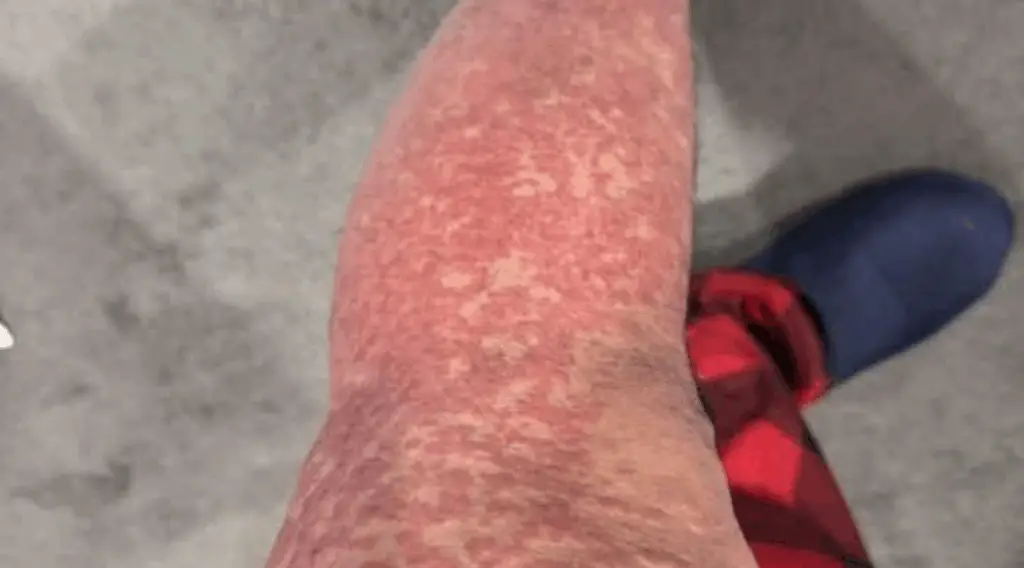Livedo Reticularis: When Skin Patterns Reveal More Than Meets the Eye
At first glance, it may look like nothing more than a curious cosmetic change—a faint, lace-like web spreading across the skin in shades of purple and blue. But this condition, known as livedo reticularis, is more than skin-deep. In some cases, it’s harmless and temporary; in others, it can be the earliest warning sign of a hidden illness.
What Exactly Is Livedo Reticularis?

Livedo reticularis describes a net-like, reddish-purple discoloration of the skin, most often seen on the legs, arms, or torso. It develops when blood in the small vessels beneath the skin flows unevenly or pools, creating visible patches where oxygen supply is lower.
The pattern often becomes more pronounced in cold environments and may fade as the skin warms, which is why many people dismiss it as a quirk of circulation. Still, its presence can sometimes signal much deeper issues.
Types of Livedo Reticularis
Primary (Physiological) Livedo Reticularis
Typically harmless and triggered by cold temperatures.
Common in children, young adults, and individuals with fair skin.
Usually resolves once the body warms up.
Secondary (Pathological) Livedo Reticularis
Persists regardless of temperature.
Can point to serious medical conditions, including vascular diseases, autoimmune disorders, or clotting abnormalities.
Requires medical evaluation and sometimes ongoing management.
Possible Causes
